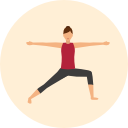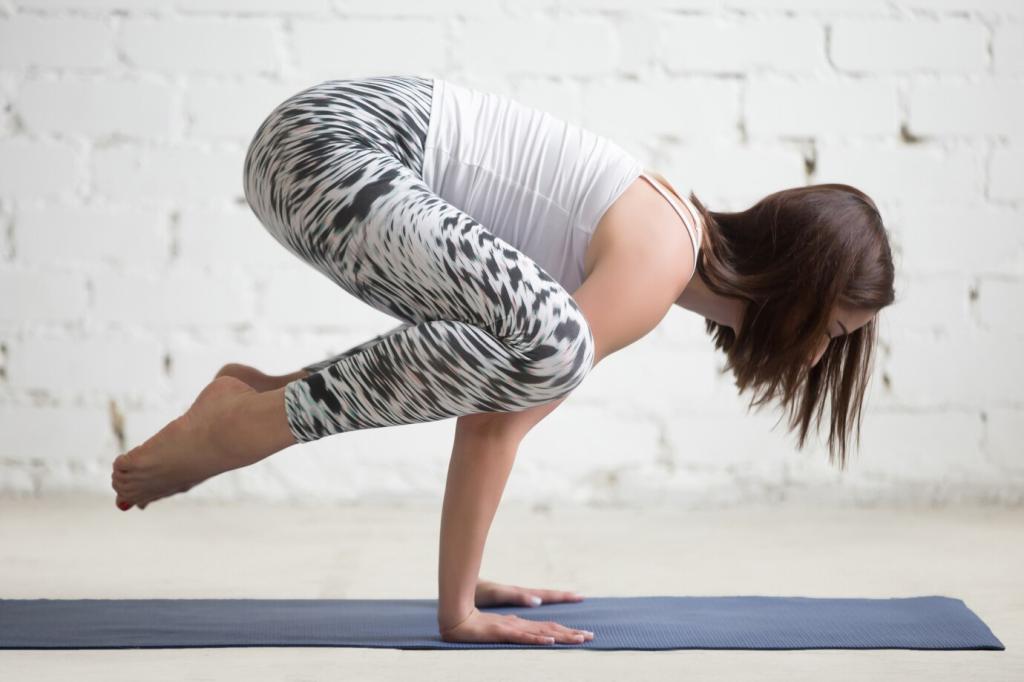
Essential Yoga Routines for Newbies: Your Friendly Starting Line
Chosen theme: Essential Yoga Routines for Newbies. Welcome to a calm, practical doorway into yoga, where small, steady steps build confidence. Breathe easy, start simple, and subscribe for weekly beginner flows that fit real schedules, real bodies, and real goals.
Start Smart: Safety and Setup for Your First Flows
Before any pose, feel your feet, soften your jaw, and lengthen your spine as you breathe in for four and out for six. This simple rhythm keeps nerves calm, supports safe alignment, and anchors your essential yoga routines for newbies with easeful attention.
Foundational Poses Every Beginner Should Know
Mountain (Tadasana), the Quiet Hero
Stand hip-width, spread toes, soften knees, and stack ribs over pelvis. Imagine a string lifting your crown as your shoulders melt down. This upright stillness organizes posture, teaches calm strength, and becomes the reliable starting point for every beginner sequence.
Downward Facing Dog, Beginner Edition
Bend knees generously, raise heels, and press hands forward like you are pushing the mat away. Focus on lengthening your spine, not straightening hamstrings. Hold three breaths, rest in Child’s Pose, then repeat. Comment below with how your shoulders felt afterward.
Child’s Pose, Your Reset Button
Knees wide, big toes touching, forehead supported by a block or fists. Breathe into your back ribs, exhaling tension from shoulders and hips. This pose restores calm between efforts, making essential routines more sustainable for beginners who need frequent breaks.
Gentle Wake-Up Flow
Start seated: three cycles of box breathing, then side stretches and seated twists. Transition to cat-cow, low lunge with hands on blocks, and a brief downward dog. Keep movements smooth, breaths steady, and celebrate finishing, not perfection. Share your time of day preference.
Balance Without Drama
Practice supported Tree Pose with fingertips on a wall and eyes softly focused. Feel the standing foot broaden while your lifted foot rests on ankle or calf. Two slow breaths per side build quiet confidence, making beginner routines feel approachable, kind, and repeatable.
Common Newbie Mistakes and How to Avoid Them
Skipping Breath, Losing Flow
When breath speeds up, poses become jerky and alignment slips. Choose a simple count, in for four and out for six, throughout your essential routine. If you cannot keep the count, pause in Child’s Pose. Comment with the count that feels workable today.
Chasing Depth Instead of Stability
Newbies often push for straight legs or deep bends, courting strain. Instead, bend knees, shorten stances, and use blocks. Let the sensation be present yet kind. Stability first builds confidence, and depth follows naturally as tissues warm and patterns become familiar.
Ignoring Rest, Missing Progress
Rest magnifies learning by encoding patterns while your nervous system settles. Sprinkle micro-pauses after two poses, sip water, and notice heartbeat ease. Paradoxically, structured rest accelerates beginner progress more than constant effort. Try it this week and tell us what changed.
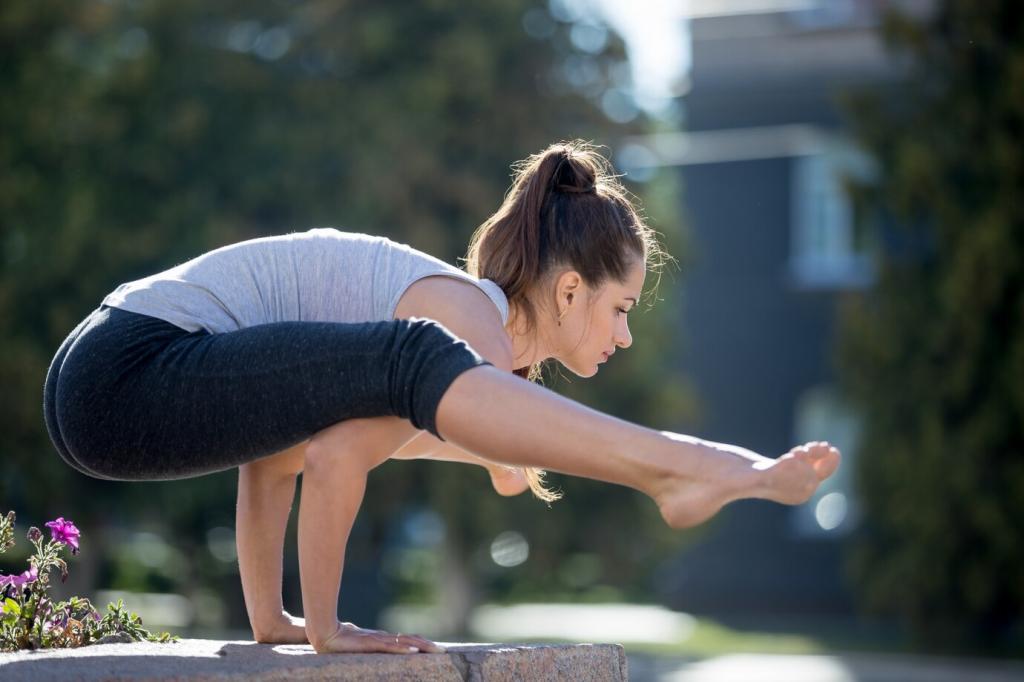
Motivation, Habits, and Tiny Wins
01
Attach your practice to something reliable: coffee brewing, morning teeth, or logging off work. Two sun breaths while the kettle sings counts. Keep the mat unfolded as a visual cue. Subscribe for our printable habit tracker and share your chosen anchor in the comments.
02
Aim for five minutes, three days this week. That is it. Celebrate completion with a small checkmark and a deep exhale. Micro-goals bypass perfectionism, proving to your brain that change is doable. Post your three-day plan below so others can cheer you on.
03
Maya, a busy nurse, pledged five poses nightly for two weeks: Mountain, Cat-Cow, Low Lunge, Downward Dog, Child’s Pose. She tracked checkmarks on her fridge. By day ten, her sleep felt deeper, and stress eased faster. Try her promise and report back Friday.
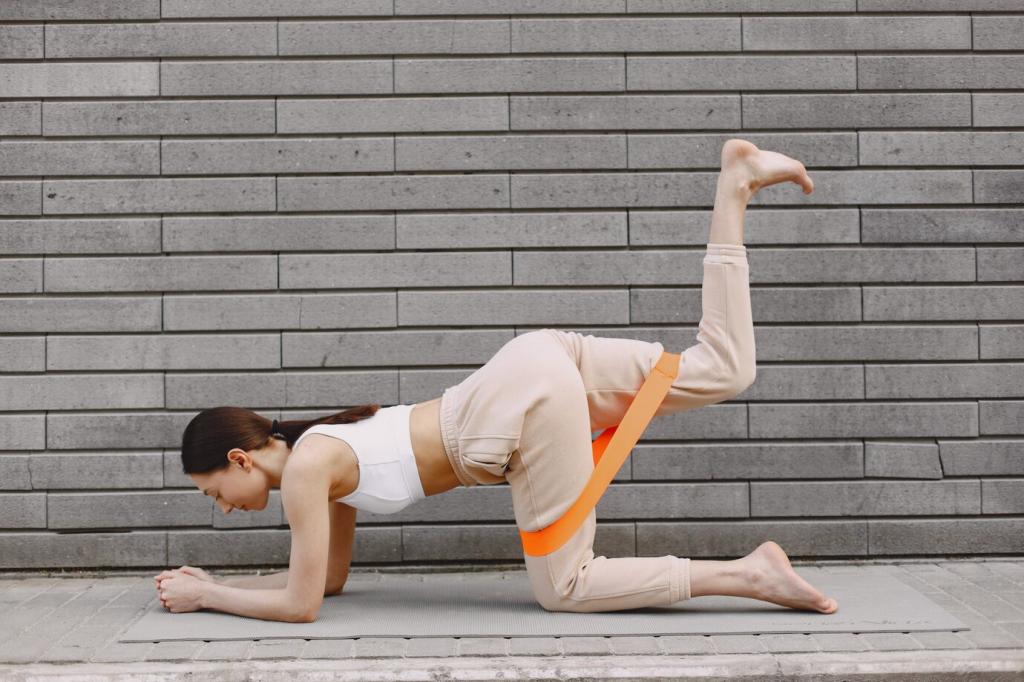
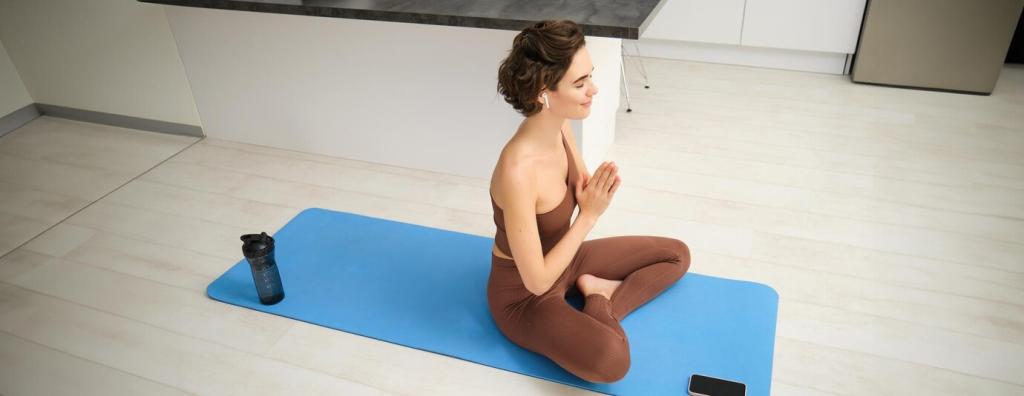
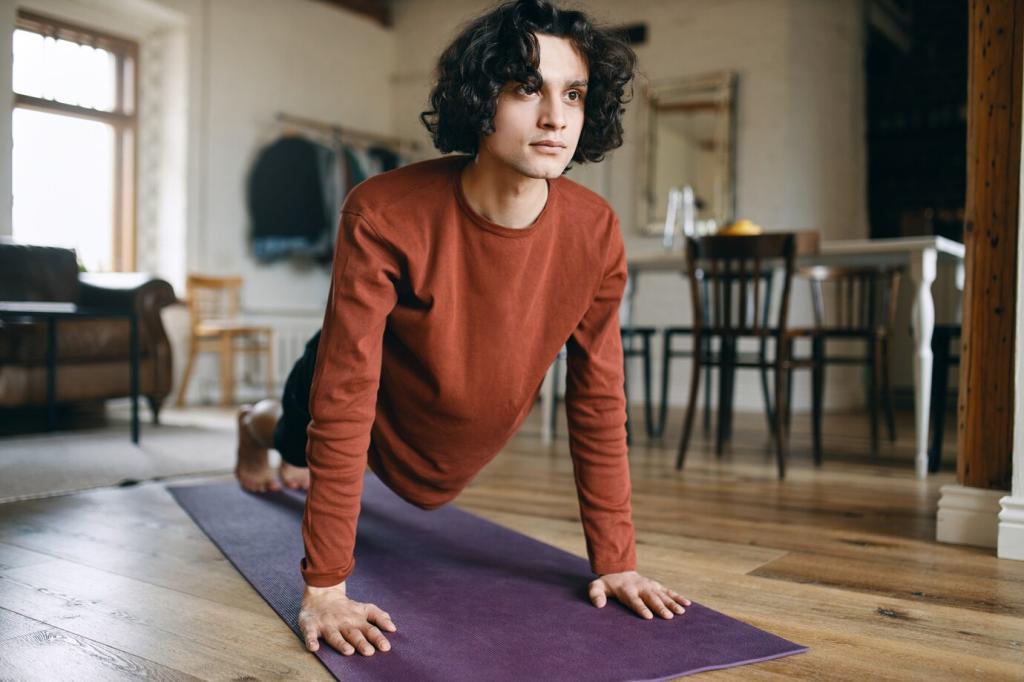
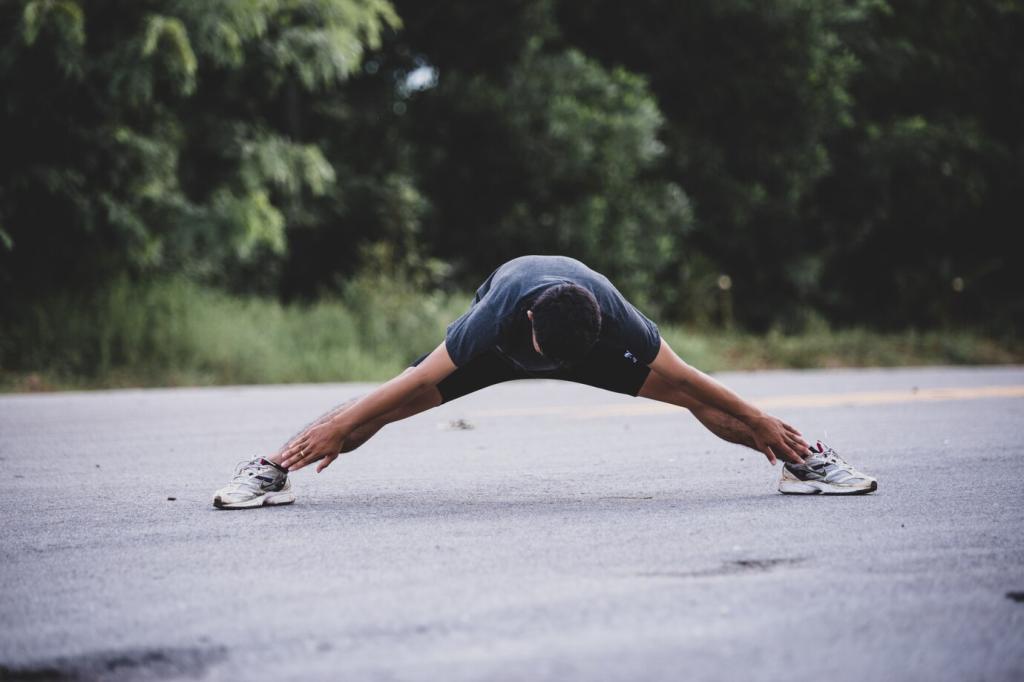
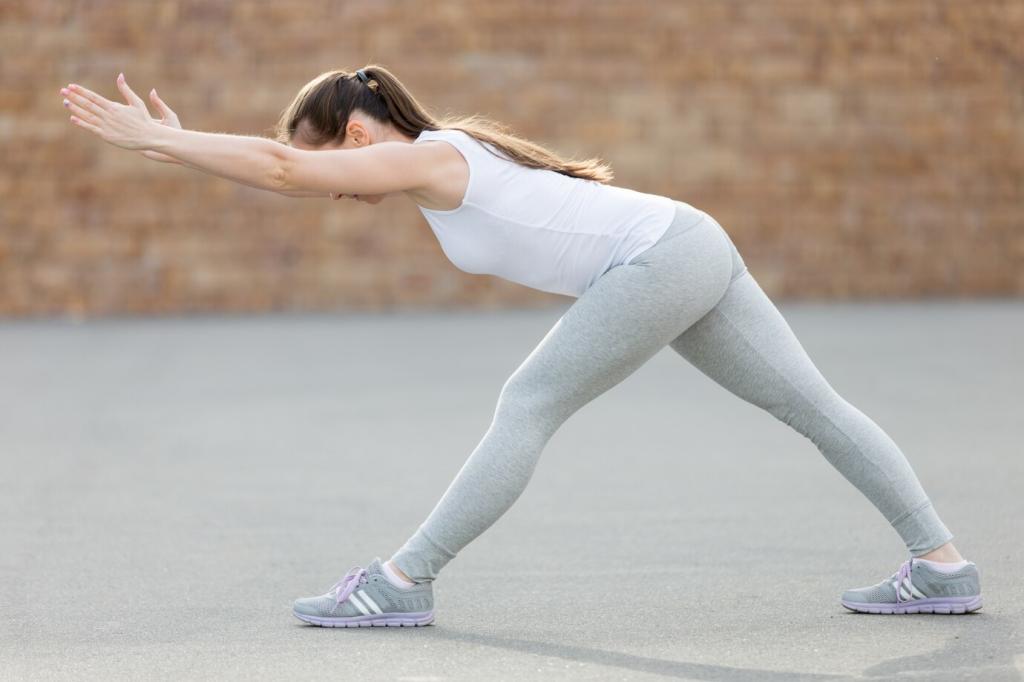
Adapting Routines for Real-Life Bodies
Pad generously with a folded towel, keep shins parallel in lunges, and shift weight back slightly. Practice Half-Kneel variations with hands on blocks. Pain is a cue, not a challenge. Adjust early and often, then drop a note telling us which padding helped most.
Adapting Routines for Real-Life Bodies
Bend knees in forward folds, elevate hands on high blocks, and prioritize a long spine. Slide a strap around feet when seated to keep chest lifted. Over weeks, consistency softens tightness safely. Share your favorite beginner-friendly stretch song on our playlist thread today.
